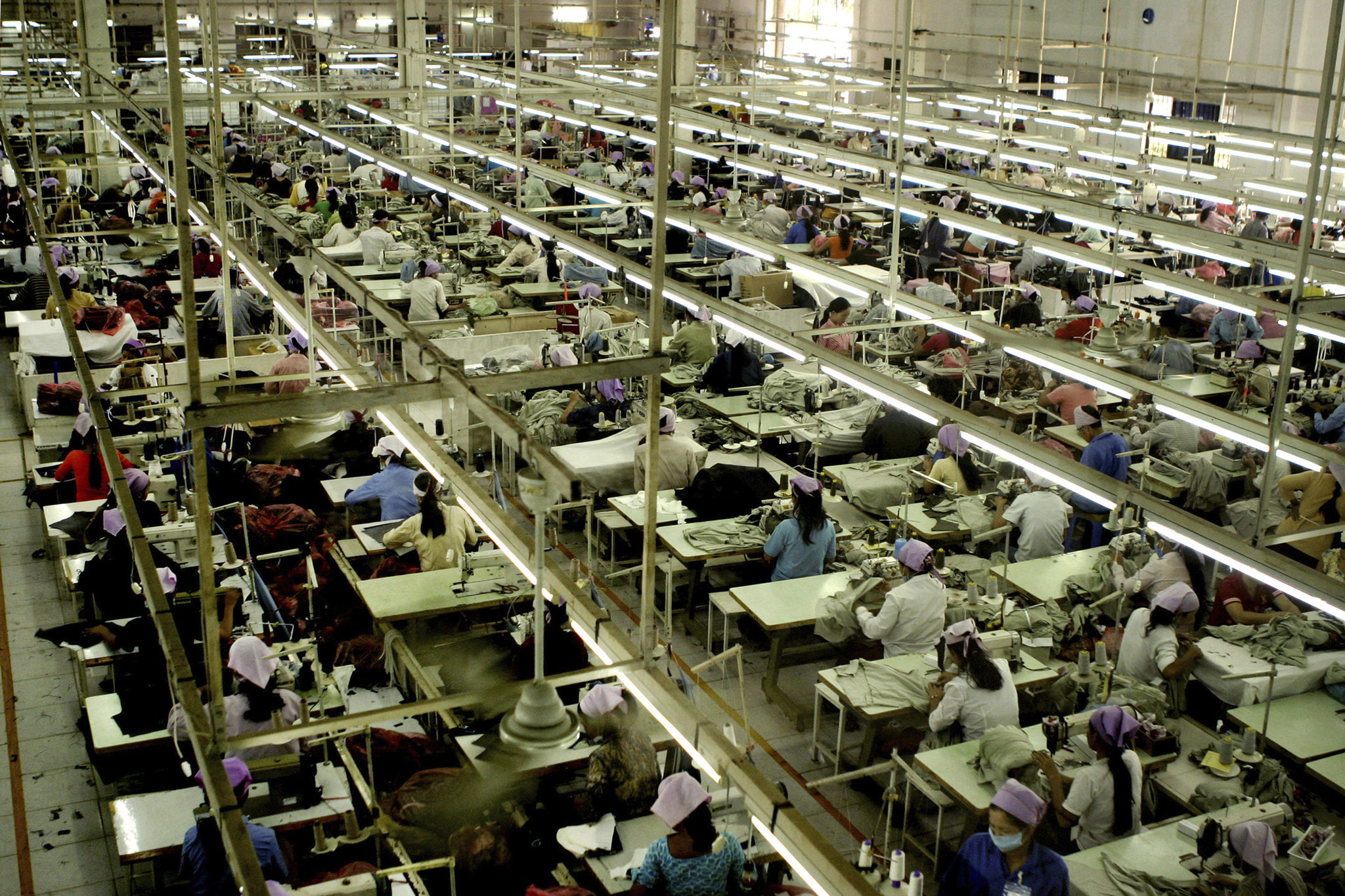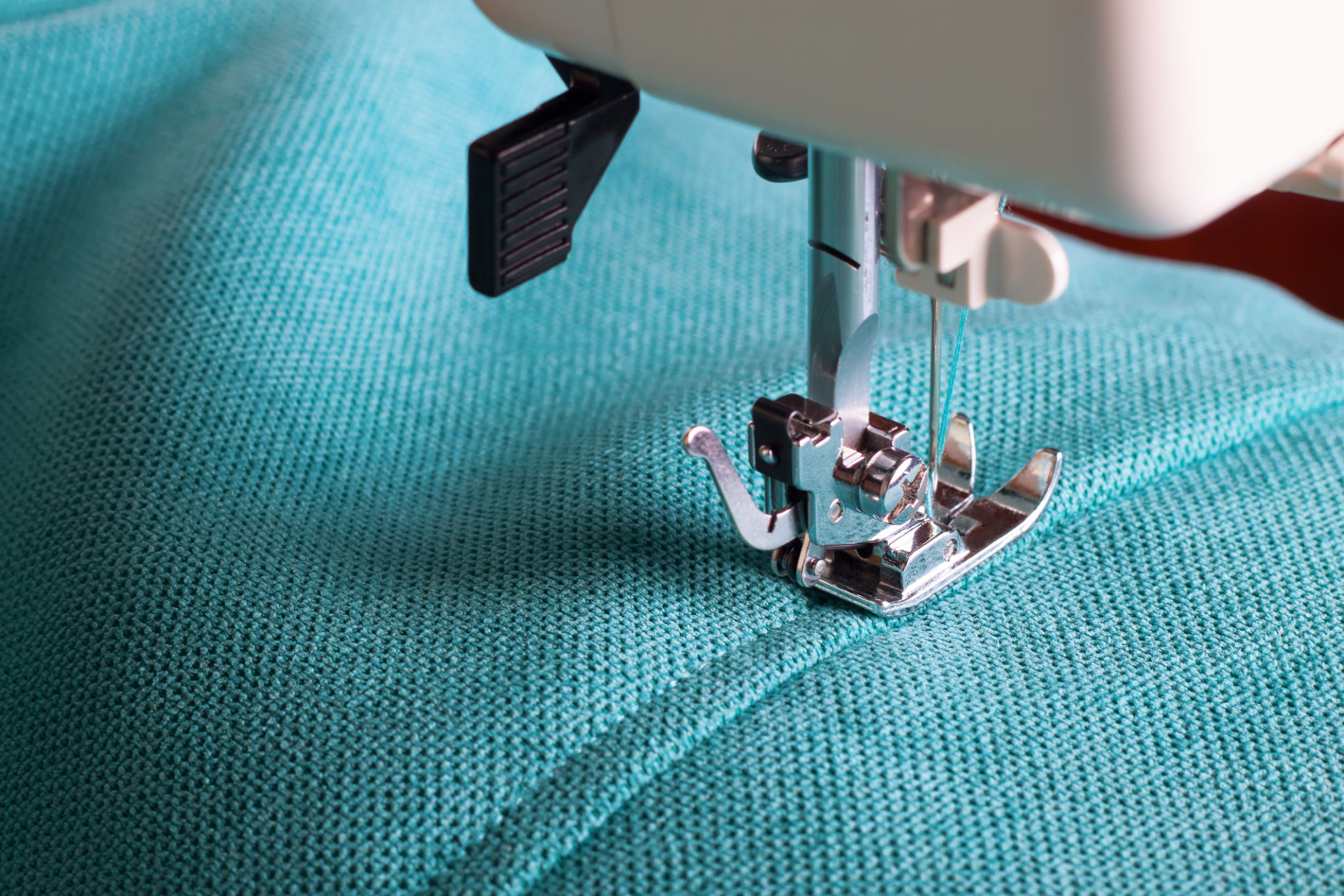The Essential Guide to Choosing the Right Garment Machinery for Your Business
Understanding Your Business Needs
Choosing the right garment machinery is critical for ensuring efficiency and quality in your production process. Before diving into the vast array of options available, it's essential to understand your business needs. Consider factors such as production volume, types of garments produced, and specific processes required. A small-scale boutique might prioritize different machinery compared to a large-scale manufacturer.
Additionally, assess your current workflow to identify any bottlenecks or inefficiencies that could be addressed with the right equipment. Understanding these needs lays the foundation for making informed decisions.

Types of Garment Machinery
The garment industry offers a variety of machinery types, each designed to fulfill specific functions. Here are some common categories:
- Sewing Machines: Available in various models, including lockstitch, chain stitch, and overlock.
- Cutting Machines: Used for precise cutting of fabric layers, including straight knife, round knife, and laser cutters.
- Embroidery Machines: Essential for adding intricate designs to garments.
- Pressing Machines: Ensure crisp, wrinkle-free finishes on completed garments.
Each type of machine has unique features that cater to different production needs. Understanding these will help you choose machinery that aligns with your operations.

Considerations for Quality and Durability
Investing in garment machinery is a significant decision, so prioritize quality and durability. Research brands known for their reliability and longevity. High-quality machines not only ensure consistent results but also reduce downtime due to maintenance issues. Look for reviews or testimonials from other businesses in the industry to gauge performance and support service.
Additionally, consider the availability of spare parts and after-sales service, which are crucial for maintaining your equipment over time.

Budgeting for Garment Machinery
Your budget plays a pivotal role in determining the type and number of machines you can acquire. It's important to balance cost with quality to make the most out of your investment. While it may be tempting to opt for cheaper models, they might not offer the longevity or features that more established brands provide.
Consider financing options or leasing if upfront costs are prohibitive. This approach allows you to access high-quality machines without a significant initial financial burden.
Future-Proofing Your Investment
The garment industry is continually evolving with technological advances driving new trends. When selecting machinery, consider future needs and potential expansions. Opt for machines with upgradable features or those that are compatible with emerging technologies to ensure your business remains competitive.
Stay updated with industry news and advancements to anticipate changes that might affect your operations and machinery requirements.

Training and Skill Development
The efficacy of any machinery depends significantly on the skill level of the operators. Ensure your team is well-trained in using new equipment by investing in comprehensive training programs. Some manufacturers offer training sessions as part of their after-sales service, which can be invaluable in maximizing productivity.
Encourage continuous learning and development within your team to keep up with new techniques and technologies.
Conclusion
Choosing the right garment machinery involves careful consideration of various factors, from understanding your business needs to anticipating future trends. By prioritizing quality, budgeting wisely, and investing in training, you ensure that your business is well-equipped to deliver high-quality garments efficiently.
This essential guide aims to provide a comprehensive overview to assist you in making informed decisions for your business's success.
